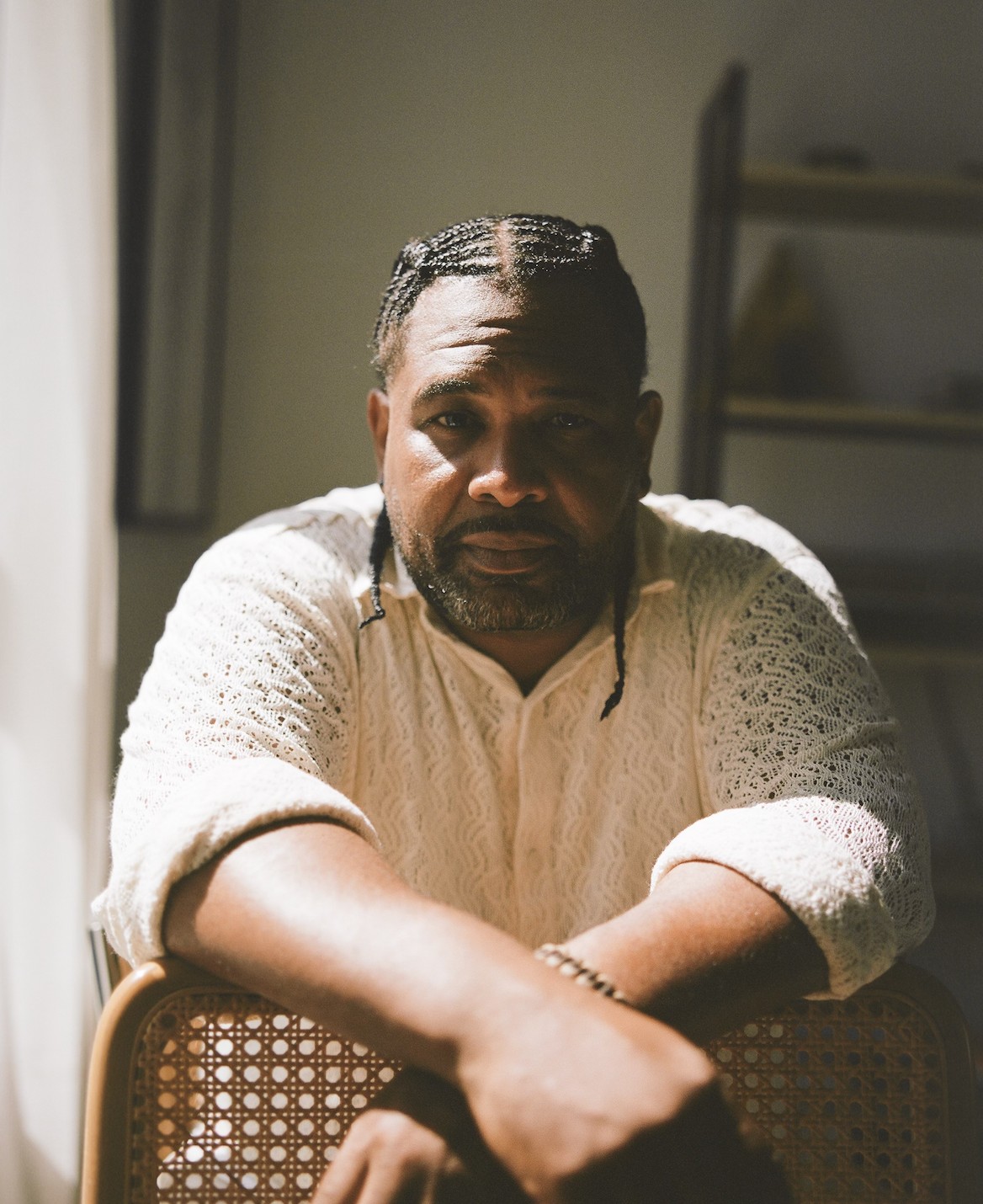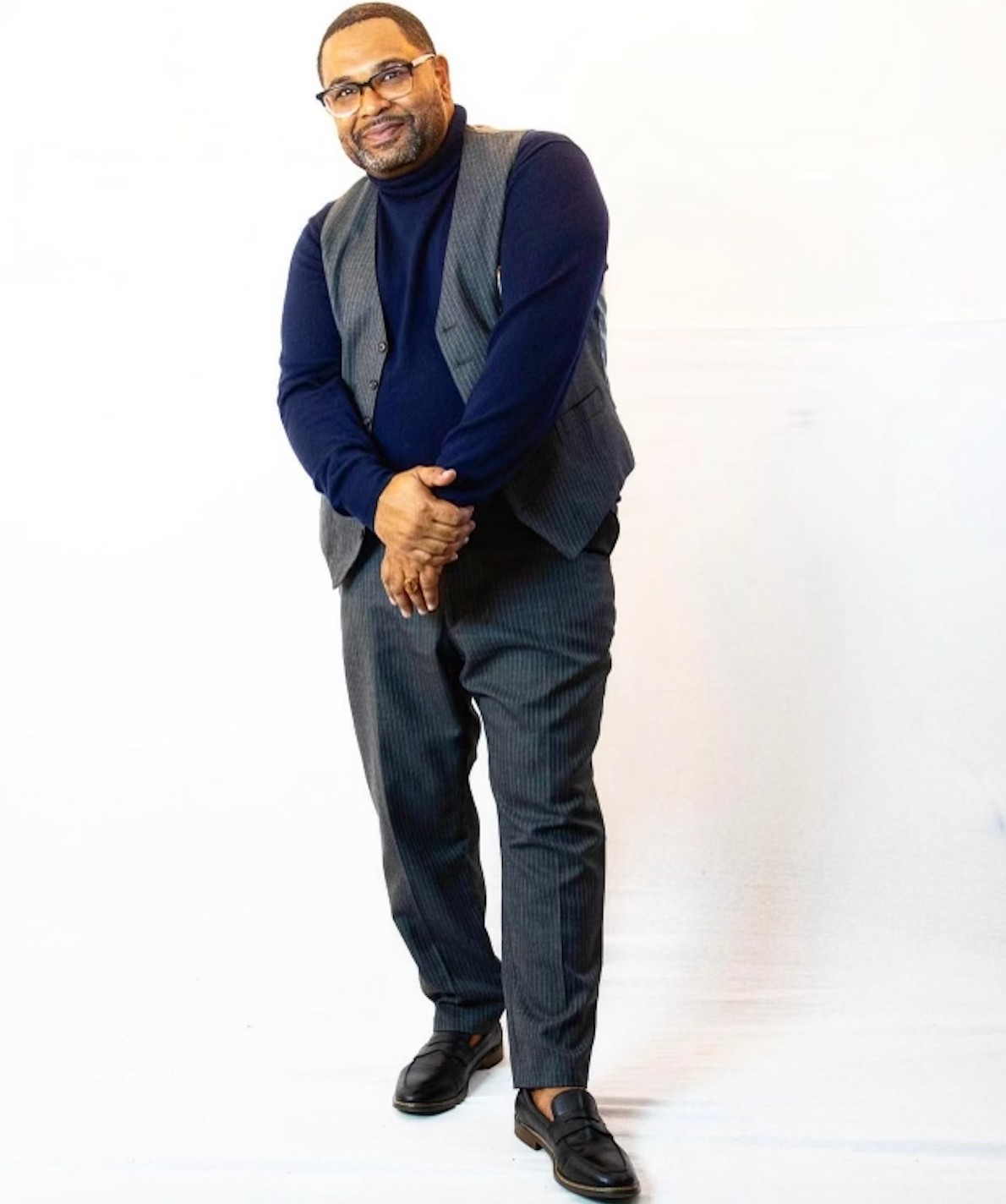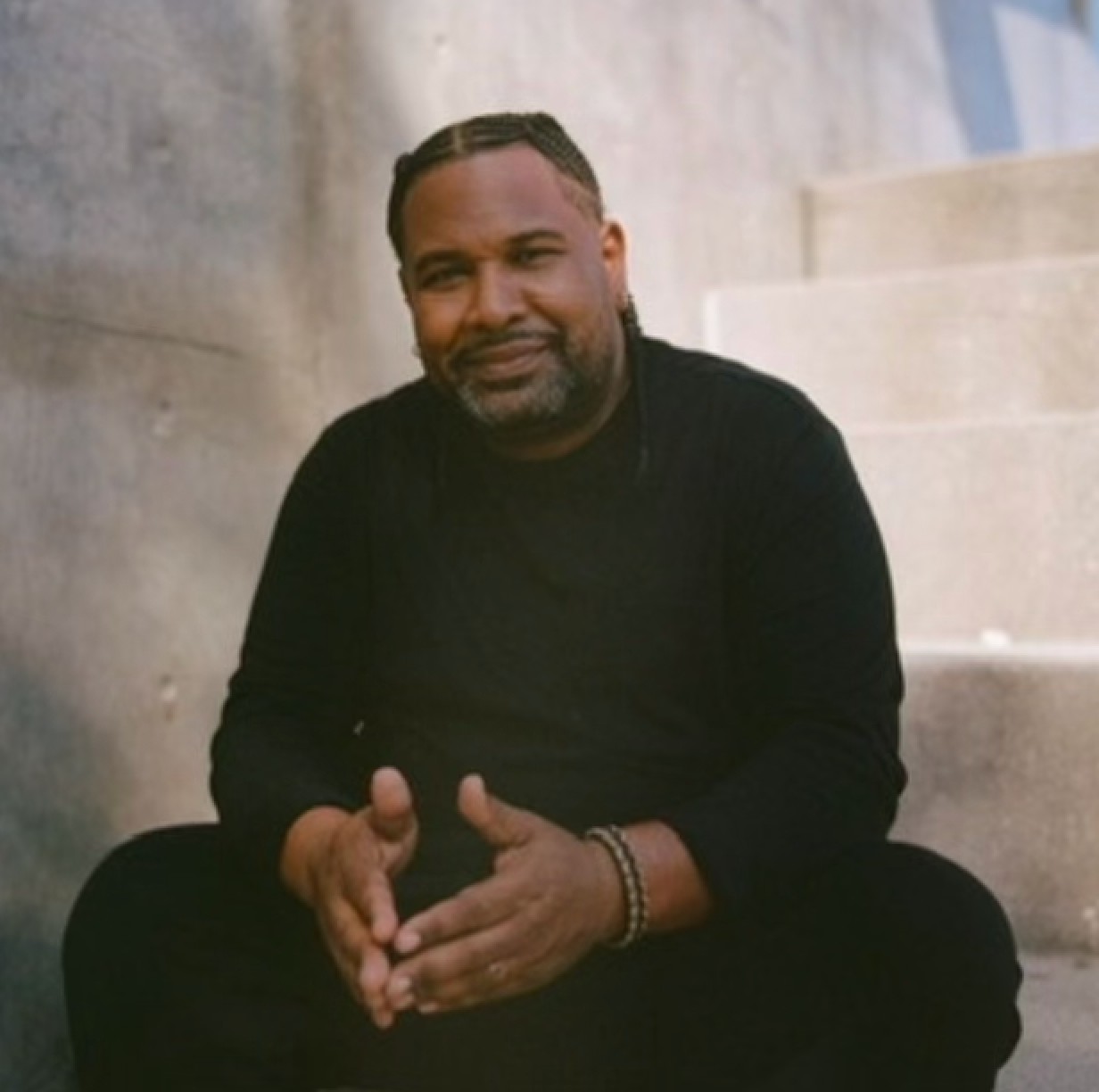Alright – so today we’ve got the honor of introducing you to Misso Brown. We think you’ll enjoy our conversation, we’ve shared it below.
Misso, appreciate you joining us today. Let’s kick things off with your mission – what is it and what’s the story behind why it’s your mission?
Misso Brown Management started in layers, and for me, it originated from being born into a service-based and community centered family. All my family members have come from a line of police officers, ministers, teachers, and educators, and at some point there has always been an intersection of providing support and care for others. Being raised in an environment like that allowed me to pick up the skill sets of holding space for others while also being present. With my organic love for music and the arts, it all started coming together because I was given an environment that was conducive to nurturing the service component. It all allowed me to build the skillset of my artistic talents to witness, support, and understand the process of creating to inspire others to feel welcomed to create.
I grew up in a very musical family, my mom was a music director and running choirs for church and my sister is a singer songwriter. I come from a Latin culture where music is an integral part of my day to day life. Part of my spiritual makeup involves singing as our daily devotion for centering, so worship through singing became a part of my daily life routine. Music paints pictures for me. I went from enjoying music to visual arts, and from visual arts, I went to creating and designing spaces for performances. Over time, I learned technical things such as lighting, mixing and set design that surrounds musical spaces. I realized that the interplay between the different disciplines was a gift. Not everyone enjoys the logistical back end, but I always found myself in a comfortable place creating those mergers.
A lot of this work goes unnoticed because it’s in service to the performer; but I realized that this is a career where you can create production and provide support in coordinating to create a cohesive body of work. I started realizing that I was good at this, even though at firstI didn’t think it was anything. I started creating spaces for artists at the age of 19 when I started my non-profit and realized that youth have a lot to say. I thought that I would pursue a traditional clinical setting in counseling to help youth process their emotions, but what I realized quickly with a few of my first clients was that they get so much more when I give them space to create and reflect. I was able to develop a non-profit where kids were equipped to express themselves and my role could be to hold spaces for them. When I started this, I really felt I was in my purpose and passion, and with time, it translated into what I do in education, whether it be with my work at Berklee College of Music as an Assistant Vice President, or what I do with Misso Brown Management where I create safe spaces to help artists be their full self while wrapping services around them so that they can produce and bring their talents out to full fruition to the world. That all really happened through living in my house with a bunch of creatives that were really tapped into the artistic realm, and that’s how I feel like my gifts have transitioned me into where I am now.

Awesome – so before we get into the rest of our questions, can you briefly introduce yourself to our readers.
Misso Brown Management company is a movement led by musical, visual and performing artists. Valued as agents of social change, artists’ expression of revolution, healing, love, and engagement resonate changing our world one performance at a time. Our artists lead this movement. The vision for Misso Brown Management is to facilitate the capacity of the arts to serve as a tool for social change. In addition to cultivating artists and identifying emerging talents, Misso Brown launches leaders of performing arts movements.
With production experience across multiple disciplines, Misso’s creative journey has led to produce global brand campaigns and be recognized as a creative leader. His work with artists and brands have influenced the visual language of today’s media landscape by supporting artists and providing the platform from which to launch.

What’s been the most effective strategy for growing your clientele?
For this endeavor, with Misso Brown Management, it started off with a commitment to a young lady when she was a member in our non-profit program, who was going through a lot of obstacles at that time. I remember having a conversation with her and her mom, and I told her that if there was ever a time that she wanted to go into the music industry, that she wouldn’t have to do it alone. Years later she went to Berklee College of Music, perfected her craft and she came back to me and told me that she was ready. I was in a whole different trajectory of my life at that point in starting a family, but there was something in me that knew that I had to be a man of my word because I was committed. But I didn’t know everything that she would need, it wasn’t my career path, and I knew that there were skills that I had to learn. I was willing and there, but I told her that she had to be patient with me. Because of that relationship and commitment, there was an opportunity to learn new things while using my existing skill set. I had a reason then to use all those tools in my toolbox, whether it was my bilingual skill set, my business skills, and most importantly, my purpose, belief, and commitment to this student who I never stopped believing in. That’s why I’ve transitioned to Misso Brown Management for my clientele because I never wanted to do things to profit financially if it is not connected to my purpose, and if it’s not connected to something that I feel that I can stand by and contribute to. I also want to highlight that I will always prioritize my relationships with my clientele because I don’t ever want to steer away from what I believe in, people I commit to, and having integrity of the work that represents the mission of the work that I do.
When first starting Misso Brown Management, the demand was bigger than my capacity. It became different because I started to walk into rooms and people would come up to me to discuss my work, which started mainly by word of mouth. It felt like my calling was shining a light on my pathway that I didn’t even see happening, but I continued to pursue being present and committing to my work, which created a frequency and direct connection to a higher power. In that path that was lit up, it wasn’t just being seen by me, but it was also being seen by others who wanted to walk in that similar path. In joining that, we intertwine as clients and services for people to one path for everyone to be at their full potential and connect to their purpose. I think that I listened to my heart and disciplined myself even in the unknown, I constantly strived to do intentional work and I was able to get intentional clients who were able to see that. Once I see it in a client, I lean in, and when a client sees it in me, there’s a beautiful synergy in creating work together.

Do you have any insights you can share related to maintaining high team morale?
My advice for managing a team, from my experience, has always been to take a strength based approach. I’ve had the pleasure of establishing several teams in different industries and what I realized was that regardless of what industry I was in, everyone always desired to contribute from a place of strength and capacity. Once we started playing towards the team players’ strengths, it became easy to tackle and address weaknesses, as it allows people’s strengths and weaknesses to become the stitching of who we are. For me, once a team feels safe enough to work from a place of strength, it eliminates any possibilities of miscommunication when there is a need because there’s a shared understanding of everyone’s intention to work to their full potential and to come from a place of understanding. When you get a group of people functioning in a collective, there is no better outcome than knowing that you are part of something with people who understand and care in wanting to achieve a common ground.
Because of approaching work with a strength based approach, I have had to come up with different matrices and frameworks to evaluate the cohesiveness of a team. In doing so, it’s allowed me to develop strategic planning and goal setting in ways that create space to account for collaboration and roles. Once you get into creating a cycle of collective impact, it starts bleeding over to how we show up in every area as a team. Evaluation and templates in the past have tried to focus on people’s weakness and area of improvement and, for me, when directing a team, I try to make sure that the whole entire process is informative, so that by the time it comes to evaluating, that no one gets surprised where they are in the assessment and that they felt clear in their roles. This targets the population that we serve in this process, as it creates a culture of connectivity in my endeavor to make sure that the work that we do is interconnected with the people who we serve.
All of my work starts with meeting people where they are, which always starts with a lot of discipline of assessing where I am at first. For me to be able to meet people where they are, I have to be grounded and secure in my thoughts and emotions to hold space. It’s always very important to do what I need to do to prepare to be in space so that I can be my full self in whichever part of the conversation/relation/role that I’m playing. Sometimes I have to be the communicator to implement changes and sometimes I have to be still to hold space. Both take a lot of self-discipline, so I always practice self care as I’ve learned that is crucial to optimize what I can bring to any collective experience.

Contact Info:
- Website: https://www.missobrown.com
- Instagram: https://www.instagram.com/missobrown_/
- Linkedin: https://www.linkedin.com/in/misael-martinez-2682b618/
Image Credits
Maseo Refuerzo


